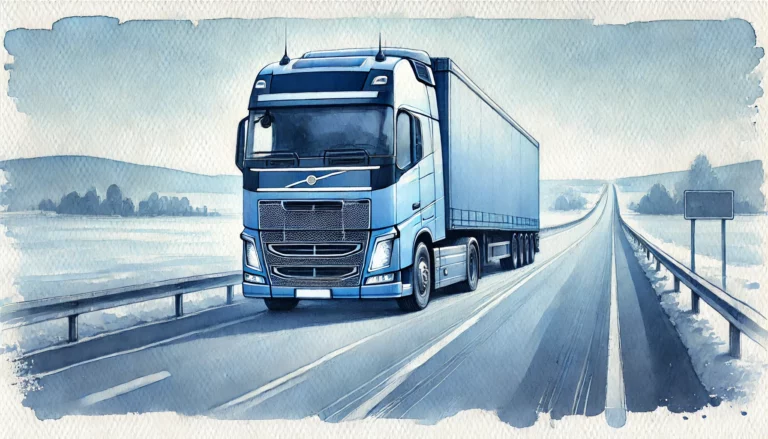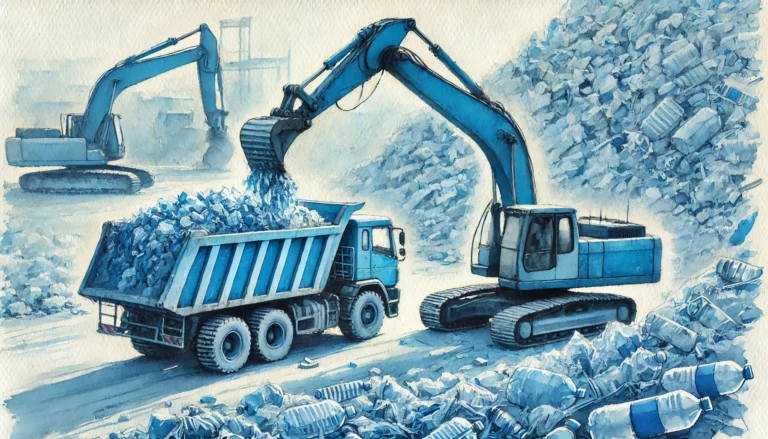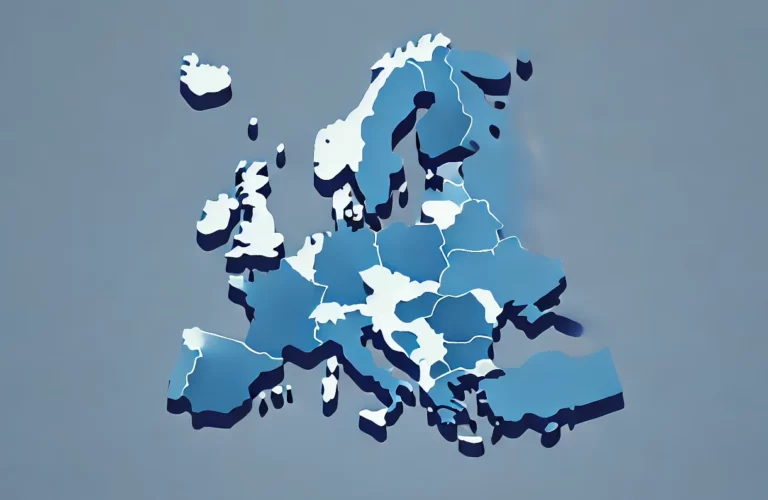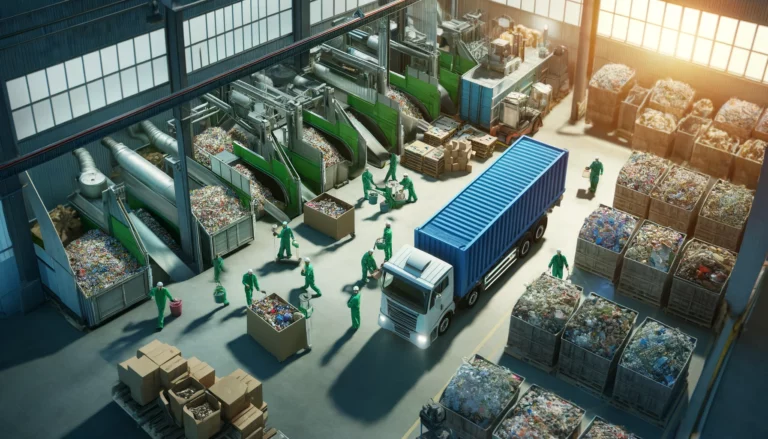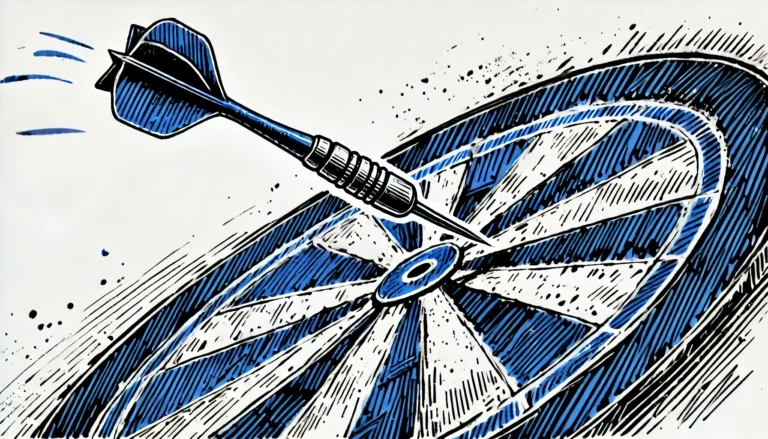Textile waste management in Europe: challenges & recycling solutions
Textile waste is piling up across Europe—literally and legislatively. With EU countries generating over 12 million tonnes of textile waste annually and less than a third of it being properly collected, the gap between consumption and sustainable disposal is widening. Meanwhile, tightening regulations, complex logistics, and fragmented recycling infrastructure pose serious challenges for manufacturers, carriers, and recyclers alike. This article breaks down what you need to know: from the technical hurdles of fiber recovery to cross-border transport rules and compliance pitfalls—so you can turn textile waste from a liability into a resource.
Do you need help with waste management? Contact us:
Diversity of textile waste & challenges
Textile waste is far from homogeneous, and its composition determines not only whether it can be recycled but how efficiently and through what process. Materials such as cotton, wool, and linen are natural and more amenable to mechanical recycling. However, most modern textiles are not made from a single fiber. To meet market demands, durability, and functional performance, manufacturers often incorporate synthetic or blended components such as polyester (used for strength and wrinkle resistance), elastane (for stretchability, commonly found in sportswear), nylon (for abrasion resistance in tights or outdoor gear), and acrylic (used as a wool substitute in sweaters).
Furthermore, textiles may contain embedded elements such as zippers, buttons, labels, reflective coatings, or flame-retardant treatments (especially in workwear or upholstery). While these components serve essential purposes during use, they pose considerable challenges in recycling. For instance, elastane’s elasticity can disrupt the mechanical recycling process, leading to tangled fibers and lowered quality of the recycled output. Similarly, coatings and synthetic blends require intensive preprocessing or are not recyclable at all using current methods, pushing them toward thermal recovery or landfill.
The inconsistency in material labeling, widespread use of composites, and lack of separation protocols only compound the issue, often resulting in textiles being misclassified or sorted incorrectly at collection points—leading to contamination of otherwise recyclable streams.
The recycling journey: from used textile to new resource
The journey of used textiles toward becoming a recycled material involves several stages, each crucial for ensuring the quality and usability of the output. Sorting involves both manual and automated processes, where textiles are categorized by fiber composition, color, and contamination level. Manual sorting is labor-intensive but necessary in many contexts due to the lack of standardized labeling or inconsistent material blends.
Shredding comes next for textiles deemed suitable. The fabrics are mechanically shredded into smaller fiber particles, a process which also helps in separating some foreign elements. However, the quality of the shredded fibers varies depending on the presence of synthetic additives. Fiber recovery is where usable fibers are extracted for further use. In mechanical recovery, fibers are re-spun or compacted into new threads or materials. Chemical recovery, though less common and more costly, breaks down synthetic fibers like polyester into their base polymers, which can then be reused to create virgin-quality yarns.
Re-spinning or pelletizing transforms recovered fibers into new threads or plastic pellets, depending on the type of original material. This stage is essential for integrating recycled content back into textile or industrial supply chains. Fiber-to-fiber recycling is considered the gold standard in sustainable textile processing. Here, fibers are recycled directly into new fibers of the same or comparable quality. This approach is highly efficient but requires high input purity.
Open-loop recycling involves repurposing textiles into different industries, such as using old clothes as insulation or stuffing. Though valuable, it often leads to downcycling, reducing material quality and future usability. Thermochemical processes such as gasification or pyrolysis are employed when other methods fail. These convert textile waste into syngas or fuel, recovering energy but losing material usability.
Textile waste management: logistics challenges
Transporting textile waste within or across borders brings logistical and regulatory challenges.
- Misclassification remains a widespread issue, where waste is inaccurately labeled to reduce processing fees or expedite transport. Blended textiles are often marked as “cotton” or “wool,” ignoring synthetics. This leads to penalties during inspection or processing issues at the recycler.
- Improper packaging jeopardizes the quality of the waste in transit. If the textile load is exposed to moisture, dirt, or compression, it may be rendered unsuitable for mechanical or chemical recycling. Carriers must use sealed containers and verify load stability.
- Incomplete documentation causes delays or fines. This includes incorrect EWC codes, missing transport permits, or lack of proof of recycler eligibility. Document clarity is vital, especially in transboundary shipments, where both origin and recipient countries enforce distinct controls.
- Cross-border complications also include variable regulatory thresholds. What qualifies as recoverable in one country may be banned from entry in another. Discrepancies lead to rejections, increased costs, and legal liabilities.
- Fraudulent brokers or middlemen sometimes misrepresent destinations or downstream processing facilities. If discovered, legal responsibility often falls on the carrier who, under the law, shares accountability with the waste producer.
All these challenges are exacerbated by the fact that the carrier is liable during roadside checks and customs controls. Recyclers may also reject improperly delivered loads or return them at the producer’s expense. These setbacks are especially disruptive in cross-border shipments, where transport and handling fees are significant.
Waste handling options: prioritized approaches
Mechanical fiber-to-fiber recycling
Mechanical recycling is the most preferred method for textile waste management, especially when dealing with pure cotton or wool. The process retains the material in the same domain—textiles—thereby preserving its value. However, it heavily depends on the purity of input. Even small percentages of elastane or polyester can degrade the quality of the output fiber. This method is cost-effective, well-established, and supports circular economy goals. Its limitation lies in its dependency on clean, homogenous waste.
Chemical recycling
This emerging technology focuses on breaking down synthetic fibers like polyester or nylon into their base monomers through chemical processes. The resulting output can be re-polymerized to create high-quality yarns indistinguishable from virgin materials. Chemical recycling opens the door to dealing with blends that are otherwise unsuitable for mechanical treatment. However, it remains capital-intensive, is still scaling up in most regions, and raises concerns over emissions and waste byproducts.
Open-loop recycling
Often used as a secondary option, open-loop recycling repurposes textiles into materials used in other industries—such as insulation panels, automotive padding, or building materials. It prevents waste from ending up in landfills, though the material rarely reenters the textile value chain. It is flexible and useful in absorbing low-quality textile waste, but its drawback is the irreversible downcycling of materials.
Energy recovery
This method involves incinerating textile waste to generate energy. It is typically employed when recycling is not feasible due to contamination, composite materials, or logistic inefficiencies. Though energy recovery recovers part of the waste’s value, it emits CO₂ and eliminates the possibility of future material use. Its efficiency varies depending on combustion technology and material composition.
Landfilling
Used only as a last resort under EU directives, landfilling is the least favorable option. It poses environmental risks such as microplastic leaching, toxic dye dispersion, and long decomposition periods. With tightening European regulations, the landfill route is increasingly discouraged.
How Waste Transport Solutions can support you in textile waste management
Navigating Europe’s textile waste journey can be complex—across classification, logistics, regulation, and technology. Waste Transport Solutions, part of Ekologistyka24 Group, offers:
- Tailored transport services, ensuring compliance with documentation requirements
- Access to trusted recyclers with the right technology (mechanical, chemical)
- Cross-border logistics oversight
- Audit support during enforcement checks and guidance on dispute settlement
Our decade of experience throughout Europe helps clients manage textile waste efficiently, reduce liability, and unlock true circular economy potential.


